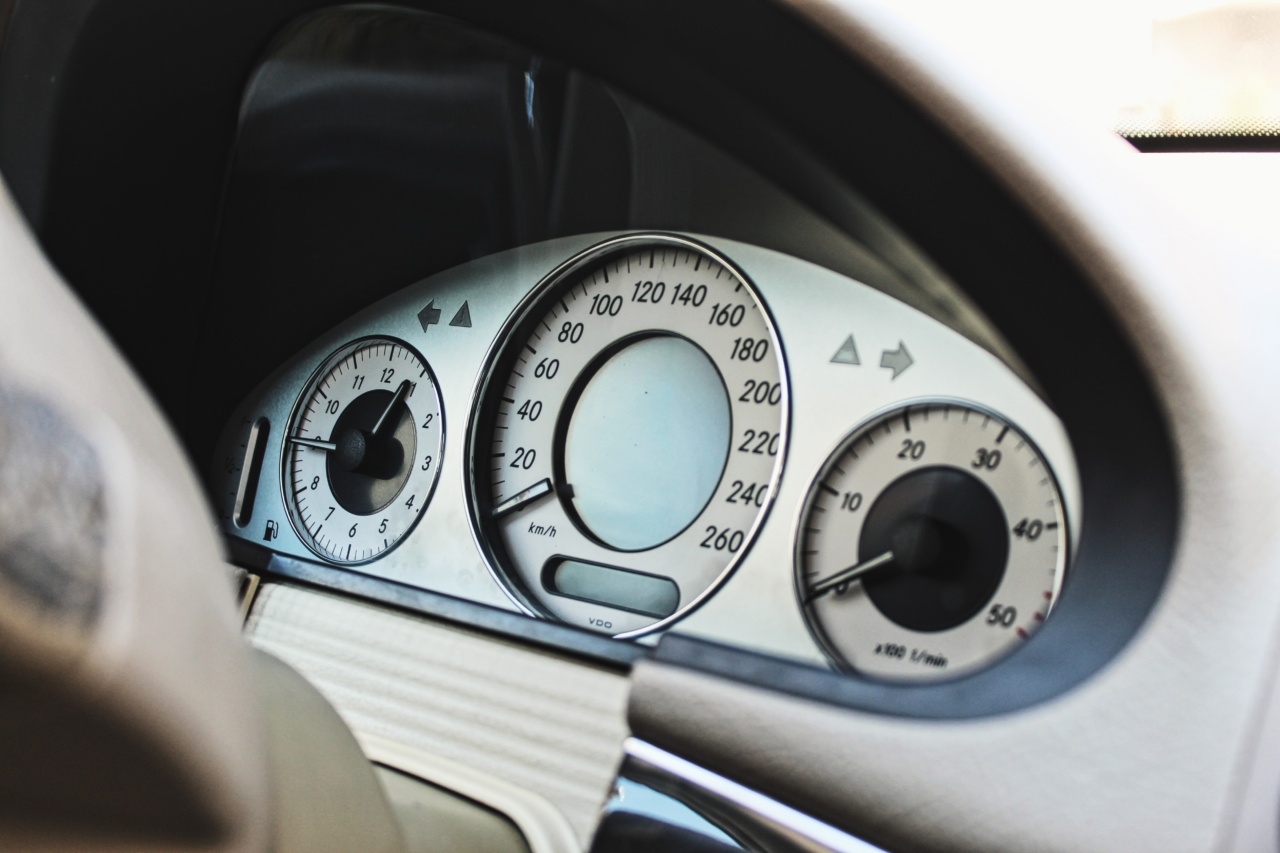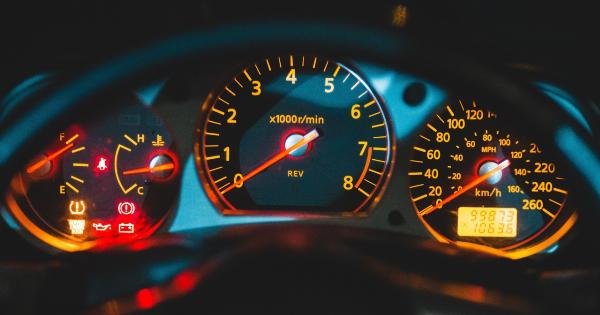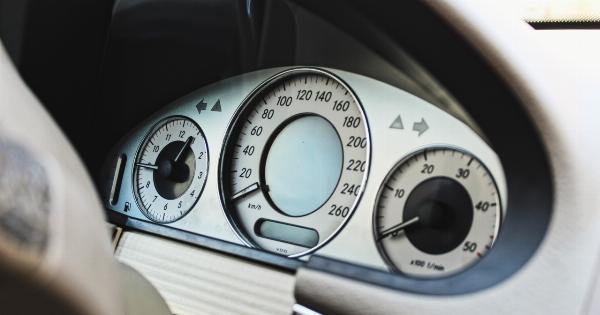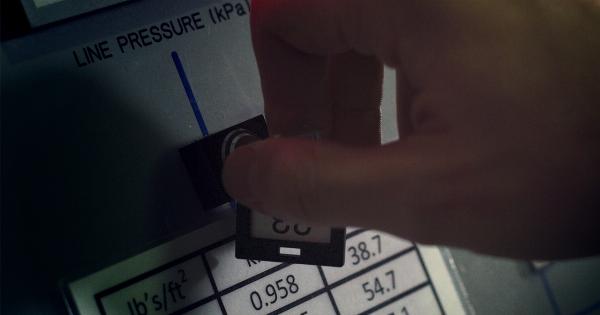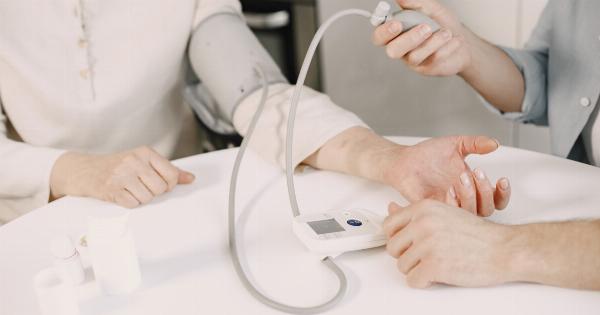Pressure measurement is an essential aspect of various industries and fields, including engineering, manufacturing, and research.
Accurate pressure measurement is crucial for ensuring efficiency, safety, and performance in different systems and processes. Over time, several methods of pressure measurement have been developed, each with its strengths and limitations.
This article aims to compare different methods of pressure measurement, highlighting their principles, applications, advantages, and disadvantages.
1. Manometer
A manometer is a traditional and straightforward device used to measure pressure. It consists of a tube containing a liquid, typically mercury or water, and connected to the system where pressure needs to be measured.
The pressure exerted by the system displaces the liquid within the tube, resulting in a height change that can be measured.
2. Bourdon Tube
The Bourdon tube is one of the most widely used methods of pressure measurement. It is a mechanical device employing a curved tube that tends to straighten when subjected to pressure.
The tube’s movement is typically transferred to a gauge indicator, providing a visual indication of pressure. Bourdon tubes offer good accuracy and are suitable for both low and high-pressure applications.
3. Diaphragm Pressure Sensors
Diaphragm pressure sensors utilize a flexible diaphragm that deforms under pressure, which is then measured using strain gauges or other transduction methods. They are highly sensitive and can measure small pressure differentials accurately.
Diaphragm pressure sensors are commonly used in medical devices, HVAC systems, and various industrial applications.
4. Capacitive Pressure Sensors
Capacitive pressure sensors work based on the principle of varying capacitance between two electrodes in response to pressure changes. They are known for their high accuracy, stability, and wide temperature range.
Capacitive pressure sensors find applications in aerospace, automotive, and other demanding environments where precision is crucial.
5. Piezoelectric Pressure Sensors
Piezoelectric pressure sensors generate an electrical charge when subjected to mechanical stress, such as pressure. These sensors offer fast response times, high accuracy, and ruggedness.
They are commonly utilized in dynamic pressure measurement applications, such as engine testing, blast monitoring, and shock testing.
6. Strain Gauge Pressure Transducers
Strain gauge pressure transducers employ strain gauges, which are devices that change resistance when subjected to mechanical strain.
These transducers can measure both static and dynamic pressures and are commonly used in industrial, automotive, and aerospace applications.
7. Optical Pressure Sensors
Optical pressure sensors use light propagation principles to measure pressure. They are non-invasive and ideal for applications that require minimal device intrusion.
Optical pressure sensors find applications in medical diagnostics, biological research, and fluid systems, offering high accuracy and sensitivity.
8. Resonant Wire Pressure Sensors
Resonant wire pressure sensors operate on the principle of a vibrating wire subjected to pressure. The resonant frequency of the wire changes in response to pressure, allowing accurate measurement.
These sensors are commonly used in aerospace, automotive, and industrial applications where high accuracy and stability are necessary.
9. Thermal Pressure Sensors
Thermal pressure sensors utilize the change in temperature or heat transfer caused by pressure variations to measure pressure. They are suitable for high-pressure applications and offer good accuracy.
Thermal pressure sensors find applications in industries such as oil and gas, power generation, and HVAC.
10. Microelectromechanical Systems (MEMS) Pressure Sensors
Microelectromechanical systems pressure sensors are miniature devices fabricated using microfabrication techniques.
They integrate mechanical and electrical components on a microscale, offering advantages such as small size, low power consumption, and compatibility with electronics. MEMS pressure sensors are used in various fields, including automotive, consumer electronics, and biomedical applications.
Conclusion
Pressure measurement methods vary in terms of principles, applications, and advantages. The selection of the appropriate method depends on the specific requirements of the system or process being monitored.
Manometers provide a simple and economical solution, while advanced technologies like capacitive pressure sensors and MEMS pressure sensors offer high precision and integration capabilities. Understanding the strengths and limitations of each method is essential for accurate and reliable pressure measurement in various industries.
